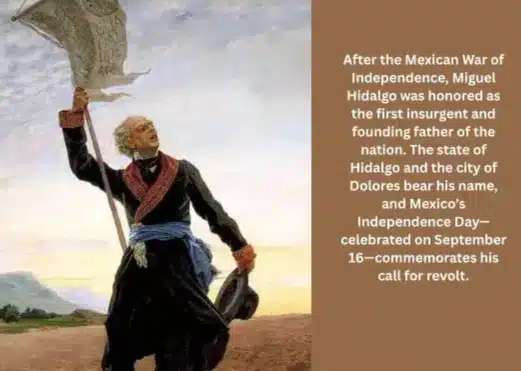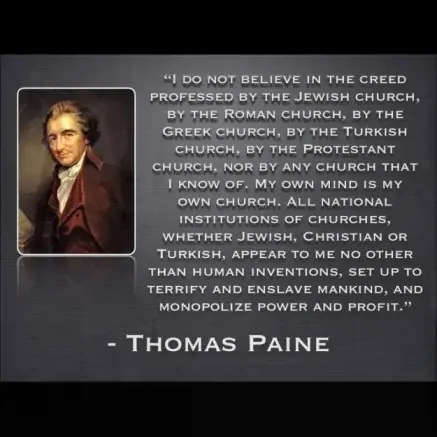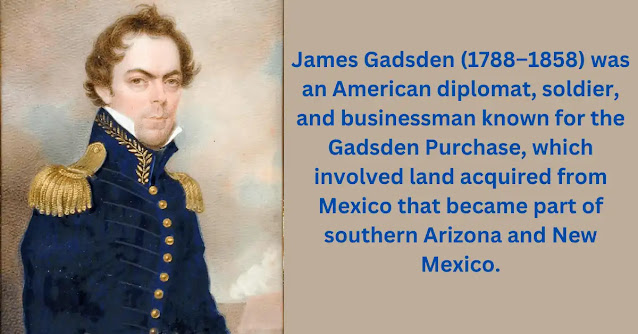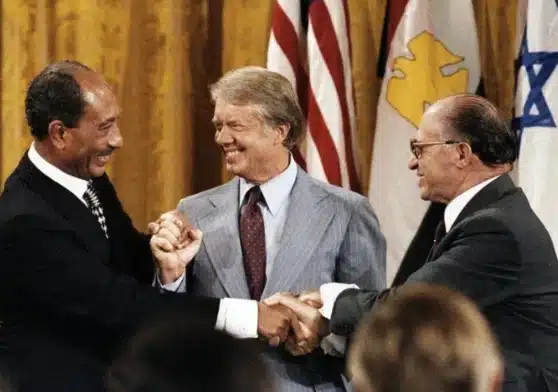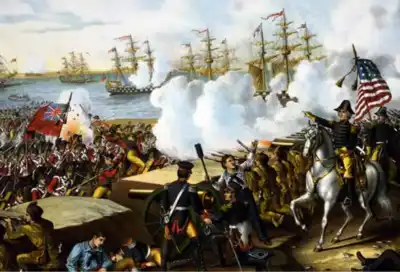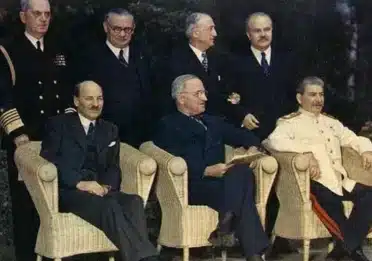Gilded Age Echoes: Trump’s Vision for a New Golden Era
In his second inaugural address on January 20, 2025, President Donald Trump proclaimed the dawn of a new “golden era” for the United States—a vision that evokes both optimism and controversy. His speech, filled with sweeping policy announcements and bold declarations, has drawn comparisons to the Gilded Age of the late 19th century, a period marked by rapid industrialization, vast wealth inequality, and the unchecked influence of industrial titans. This era has long been seen as a defining chapter in American history. Today, under Trump’s second term, striking parallels are emerging, suggesting a modern-day revival of Gilded Age dynamics.
From the huge influence of billionaires and corporate leaders on policy to the promotion of deregulation of industries, tax cuts for the wealthy and opposition to labor protections, Trump’s vision for America reflects the economic and political ideology of the late 1800s. While Trump’s vision of a “golden age” emphasizes national renewal, economic protectionism, and cultural conservatism, it also raises questions about its historical parallels to the Gilded Age and its implications for the future of American society.

💻 Table of Contents:
- Gilded Age and Beyond: Trump’s Policies in Historical Context
- McKinley Tariff vs. Trump Tariff: A Tale of Two Trade Policies
- Trump’s Immigration Policies Compare to the Gilded Age
- Federal Government Under Trump: Echoes of the Gilded Age
- Trump’s Deep State vs. Gilded Age’s Bureaucracy
- Gilded Age’s Foreign Policy vs. Donald Trump’s Foreign Policy
- Criticisms and Controversies
Gilded Age and Beyond: Trump’s Policies in Historical Context
The phrase “Gilded Age” comes from the title of Mark Twain’s 1873 novel, The Gilded Age: A Tale of Today, which he co-authored with Charles Dudley Warner. The Gilded Age, a period of rapid industrialization and wealth creation in the United States, generally spanned from roughly 1870 to 1900, marked by stark economic growth, technological progress, and glaring wealth inequality. This era, often characterized by its glittering surface prosperity masking deep social problems, serves as a historical lens to examine modern parallels in politics and economics.
The novel satirized the late 19th century as a period of glittering surface prosperity that masked deep social problems, corruption, and inequality. This era, marked by rapid industrialization, economic growth, and the rise of industrial titans, became synonymous with stark wealth disparities and political influence by the wealthy elite. The term has since been used to describe a time of superficial progress hiding systemic issues.
President Donald Trump’s vision of a “Golden Age” for America has drawn comparisons to the Gilded Age. Critics argue that Trump’s emphasis on industrialization, tariffs, and courting wealthy elites mirrors the economic and political dynamics of the late 19th century. While Trump’s policies aim to revive national prosperity, they also raise concerns about wealth inequality, corporate influence, and social divisions—echoing the Gilded Age’s legacy of uneven progress and hidden tensions.
President Trump’s policies, from promoting Bitcoin as a reserve currency and creating a Strategic Bitcoin Reserve and Digital Assets Stockpile to embracing McKinley-style protectionism, echo the Gilded Age’s debates over currency reform and economic nationalism. His administration has also appointed a “crypto czar” and is hosting the first-ever crypto summit at the White House, showcasing its strong commitment to digital assets.
Both eras are marked by speculative gambling, wealth concentration, and corporate influence, though Trump’s “Golden Age” operates in a globalized, tech-driven world. Despite differences, the parallels highlight recurring themes of inequality and political polarization in American history.
McKinley Tariff vs. Trump Tariff: A Tale of Two Trade Policies
The McKinley Tariff of 1890, introduced by then-Representative William McKinley, aimed to protect American industries by imposing an average 50% duty on imports, one of the highest in U.S. history. The logic was simple: make foreign goods more expensive to boost domestic production. However, the tariff backfired, triggering retaliation from trading partners, rising consumer prices, and political backlash. McKinley lost his seat in Congress, and the tariff became a cautionary tale of protectionism’s unintended consequences.
Fast forward to today, and President Donald Trump’s tariff policies echo McKinley’s approach. Trump has used tariffs as a cornerstone of his economic strategy, arguing they will reduce trade deficits and bring jobs back to America. However, similar to the McKinley era, Trump’s tariffs have led to higher consumer prices, trade disruptions, and strained international relations.
For example, Canada, the United States’ largest trading partner—accounting for $413 billion in imports and $349 billion in exports in 2024—has seen a surge in national pride and resistance to U.S. trade policies, much like the backlash McKinley faced.
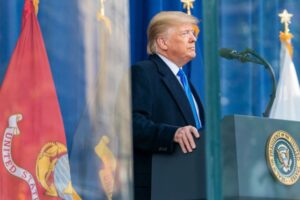
Both the McKinley and Trump tariffs highlight the risks of protectionist trade policies. While they may benefit specific industries in the short term, they often lead to higher costs for consumers, reduced business confidence, and long-term economic challenges. As history shows, tariffs can have far-reaching consequences, and the parallels between McKinley’s era and Trump’s policies serve as a reminder of the complexities of global trade.
Trump’s Immigration Policies Compare to the Gilded Age:
Immigration to the United States surged during the Gilded Age (late 19th century), with over 11.7 million immigrants arriving, primarily from Europe. This influx, combined with rural migration to cities, led to rapid urbanization, overcrowded housing, and poor living conditions.
Similarly, President Trump’s strict immigration policies, such as ending birthright citizenship and reducing refugee resettlement, have sparked a humanitarian crisis, with over 1.8 million migrants facing deportation. Both eras reflect America’s struggle to balance economic needs with racial and cultural tensions.
Historically, U.S. immigration policies have oscillated between openness and restriction, often influenced by labor demands and racial biases. Trump’s policies, though more extreme in enforcement, echo the Gilded Age’s exclusionary practices, such as the Chinese Exclusion Act.
The treatment of refugees today, heavily racialized and politicized, mirrors past biases that favored European immigrants over others. This comparison highlights how Trump’s immigration agenda is not an anomaly but a continuation of America’s complex and often contentious relationship with immigration.
Federal Government Under Trump: Echoes of the Gilded Age
President Trump’s policies and his close ties to corporate elites draw striking parallels to the Gilded Age, a period marked by rapid industrialization, wealth inequality, and corporate dominance over politics. Just as industrial titans like John D. Rockefeller and Andrew Carnegie wielded immense influence in the late 19th century, tech billionaires such as Elon Musk and Jeff Bezos now play a central role in shaping Trump’s agenda.
Both eras are defined by policies favoring the wealthy, including tax cuts, deregulation, and opposition to labor protections, while working-class Americans face stagnant wages and economic insecurity. This alignment of corporate and political power has sparked concerns about growing inequality and the erosion of democratic institutions.
The Trump administration’s creation of the Department of Government Efficiency (DOGE), led by Elon Musk, aimed to slash federal agencies like USAID and the Department of Education. However, these efforts have faced legal and political challenges for bypassing constitutional procedures and long-standing laws. The Gilded Age eventually led to a progressive backlash, as public outrage over corruption and exploitation fueled reforms like antitrust laws and labor protections.
Similarly, Trump’s policies, which prioritize corporate interests and environmental deregulation, risk provoking a modern-day backlash. The parallels between the two eras highlight the cyclical nature of American politics, where extreme wealth concentration and corporate influence often lead to social unrest and demands for reform. As Trump ushers in what he calls a “golden age,” the lessons of the Gilded Age serve as a cautionary tale about the consequences of unchecked corporate power and inequality.
Trump’s Deep State vs. Gilded Age’s Bureaucracy:
During his 2024 campaign, Donald Trump vowed to dismantle the “deep state,” portraying it as a network of bureaucrats obstructing his agenda. He outlined plans to gut the civil service, limit institutional power, and replace career officials with loyalists, aiming to centralize control over the federal government. This approach starkly contrasts with the Gilded Age’s push toward civil service reform, which sought to professionalize the bureaucracy and reduce political patronage.
While the Gilded Age saw initial efforts to reform the civil service, it was Theodore Roosevelt who truly advanced the creation of a merit-based, professional bureaucracy after McKinley’s assassination. Trump’s agenda, however, represents a reversal of this legacy, as he seeks to reclaim power over the bureaucracy and weaken employment protections for federal workers. This shift raises concerns about the erosion of institutional integrity, echoing the Gilded Age’s struggles with corruption but moving in the opposite direction of Roosevelt’s progressive reforms.
💻 You May Also Like:
- The Monroe Doctrine: American Plan for the Americas
- Manifest Destiny: Geopolitical Doctrine behind U.S. Expansion
- The Spanish-American War: Roots in US Envision of Great Power Status
Gilded Age’s Foreign Policy vs. Donald Trump’s Foreign Policy:
The Gilded Age (1870–1900) marked the beginning of U.S. expansionism and imperial ambitions, driven by economic interests and a desire for global influence. Policies like the annexation of Hawaii, the Spanish-American War, and the Open Door Policy in China reflected America’s growing role on the world stage. Leaders like William McKinley emphasized protectionist tariffs and economic nationalism, prioritizing domestic industries while pursuing overseas markets and territories.
Donald Trump’s foreign policy echoes the Gilded Age’s themes of economic nationalism and expansionism, with a focus on “America First” principles and protectionist trade policies. Like the Gilded Age, Trump prioritized tariffs and renegotiated trade deals to benefit U.S. industries, while pursuing an aggressive stance toward rivals like China. In August 2023, he claimed that China controls the Panama Canal, criticizing its handover to Panama and suggesting that the U.S. should have retained control, aligning with his broader embrace of the Monroe Doctrine.
The foreign policy of a potential second Trump administration is characterized as imperialist and expansionist in the Americas, echoing a hardline interpretation of the Monroe Doctrine, while adopting an isolationist approach toward Europe. This policy reflects a mix of economic ambition, nationalist rhetoric, and strategic realpolitik, illustrating the cyclical nature of U.S. foreign relations.
It may focus on reinforcing U.S. dominance in the Western Hemisphere, countering China’s influence in Latin America, and could involve aggressive trade, technology, and security policies, along with strict immigration measures and possible military interventions in countries like Venezuela and Mexico.
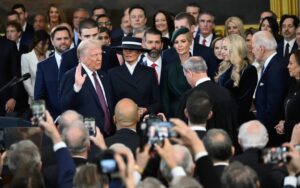
Criticisms and Controversies:
While Trump’s vision of a “golden age” has resonated with his supporters, it has also drawn significant criticism. Critics argue that his policies could deepen social divisions, undermine global cooperation, and exacerbate economic inequalities. The comparison to the Gilded Age serves as a cautionary reminder of the potential consequences of unchecked nationalism, protectionism, and social conservatism.
Social Division: The Gilded Age was a time of intense social strife, with labor strikes, racial tensions, and clashes between progressives and conservatives. Trump’s policies on immigration, gender, and race risk further polarizing an already divided nation.
Global Isolation: The Gilded Age saw the U.S. retreat from global engagement, focusing instead on domestic growth. Trump’s emphasis on economic nationalism and his criticism of international agreements could lead to a similar isolationist stance, potentially weakening America’s global influence.
Environmental Concerns: The Gilded Age’s industrial boom came at a significant environmental cost. Trump’s push for increased energy production and oil extraction raises concerns about the long-term impact on climate change and environmental sustainability.
Conclusion:
Trump’s vision of a “golden age” presents a bold and contentious agenda that seeks to redefine America’s identity and priorities. While it draws inspiration from the economic and cultural conservatism of the Gilded Age, it also raises important questions about the potential consequences of such policies. In his second inaugural, Trump also invokes “Manifest Destiny” to inspire a vision of American greatness, urging expansion, exploration, and the pursuit of new horizons, from national growth to planting the flag on Mars, as “Manifest Destiny” continues to define the nation’s ambitious spirit.
As the nation embarks on this new chapter, the historical parallels to the Gilded Age serve as both a source of inspiration and a cautionary tale, reminding us of the need to balance progress with equity, unity, and sustainability. Whether Trump’s “golden age” will be remembered as a time of renewal or regression remains to be seen, but its historical connections to the Gilded Age offer valuable insights into the challenges and opportunities that lie ahead. Just as the Gilded Age revealed America’s glittering ambitions and deep divides, Trump’s era forces us to confront whether history’s lessons will spark reform or repeat old mistakes.

